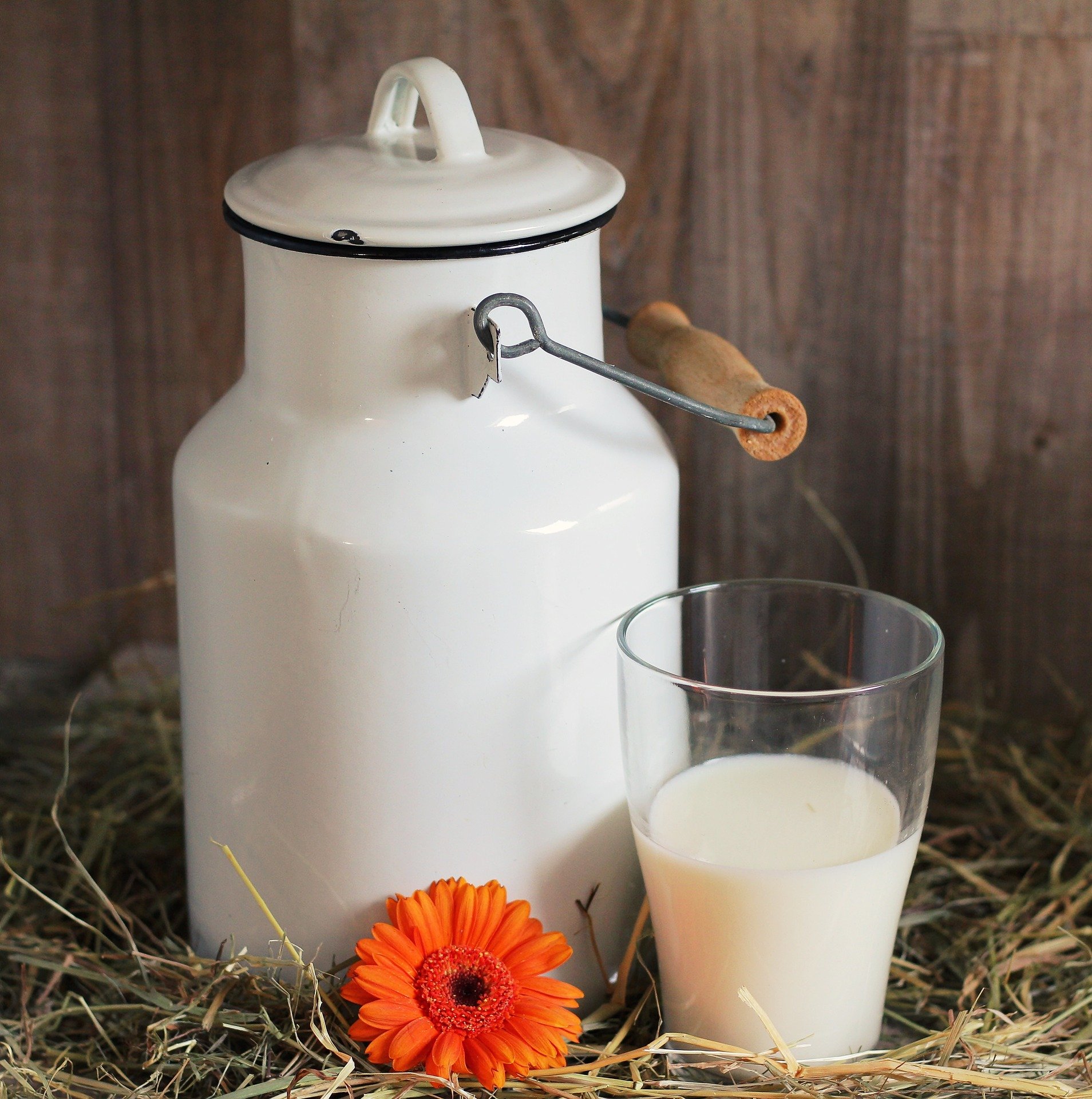by Courtney Meyerhofer
“Are your cows vaccinated for Covid?”
No, Saint John’s cows are not vaccinated for Covid.
The only vaccine they receive is the Brucellosis vaccine which has been required by law for many years. It is administered to females only between 4 and 12 months old.
In recent months there have been a few reports of “leaks” and “whistleblowers” decrying a Covid mRNA vaccine will be mandated for all cattle in the United States.
Many of the sources of this prophecy are unnamed, and the truth is that there currently is no mRNA Covid vaccine available for livestock or veterinary use.
However, that doesn’t discount the possibility of future adoption of an mRNA Covid vaccine in the conventional agriculture space.
Here’s What We Know
According to the CDC, livestock and other non-human animals can catch Covid from humans. However, per the USDA’s reports, no cases of livestock with positive Covid test have been found.
There are no mRNA vaccinations for Covid currently available for livestock or veterinary use. The approval, testing, and distribution processes for animal use and human use are two different tracks and require different levels of disclosure and testing.
Since 2018, most grocery store pork has been vaccinated with an mRNA vaccine (not Covid).
Vaccinations and antibiotics are used routinely as a preventative measure in conventional agriculture to prevent disease, since disease is more prevalent in conventionally raised animals.
Disease is more common in conventional agriculture because animals are not raised in their ideal ecology, and the ecology of life creates the foundation for health, be it plant life or animal life.
Without adequate access to sunshine, high quality water, clean air in pastures, and species-appropriate food, the animal by definition cannot be healthy because it does not have health-producing inputs. The same is true for humans, by the way! Our ecology is our foundation, including our relationships, mindset, and habits.
Conventionally raised cattle receive the aforementioned preventative antibiotics and vaccinations, contributing to the abundance of superbugs in conventionally-raised meat.
According to the USDA Certified Organic standards, an animal cannot receive antibiotics and be sold as “Organic”. However, the USDA does allow vaccinations for its certified Organic program.
mRNA Covid vaccines are currently being researched and developed. This signals that there may be significant funding available to develop vaccines and perform clinical trials. If a vaccine manufacturer could get an mRNA Covid vaccine on the standard vaccine schedule for livestock, they would make a fortune. Studies are linked in Resources section at end of article.
What We Don’t Know
Whether the USDA will allow mRNA-vaccinated beef to be labeled Organic is still to be determined. As it stands, if a bovine mRNA vaccine for Covid were approved and distributed, USDA certified Organic meat could receive the “preventative inoculation”.
We don’t know how an mRNA Covid vaccine would affect the tissues and byproducts of a vaccinated animal. It could be benign or it could cause unforeseen health implications for the consumer.
As a matter of principle, the consumer has a right to know what they are consuming. We must insist that products be properly labeled so that we can be informed consumers and make our own choices. A practical way to insist on this is to concentrate the majority of your food spending to well-sourced, well-labeled, locally raised food.
Resources
Alderspring article: https://www.alderspring.com/organic-beef-matters/glenns-response-to-the-mrna-vaccine/
Wisconsin Pork Association:
https://www.wppa.org/livestock-and-mrna-vaccines/
mRNA vaccines being developed for veterinary / livestock use:
https://www.ncbi.nlm.nih.gov/pmc/articles/PMC8877136/
https://porcinehealthmanagement.biomedcentral.com/articles/10.1186/s40813-020-00179-7
https://www.merck-animal-health-usa.com/species/swine/sequivity




















